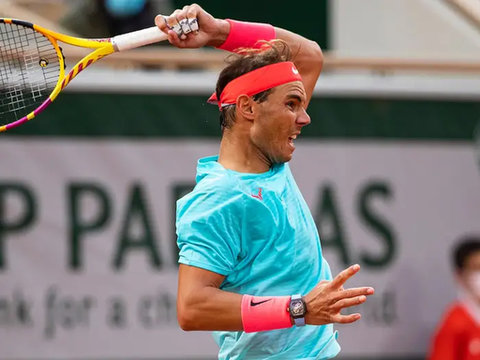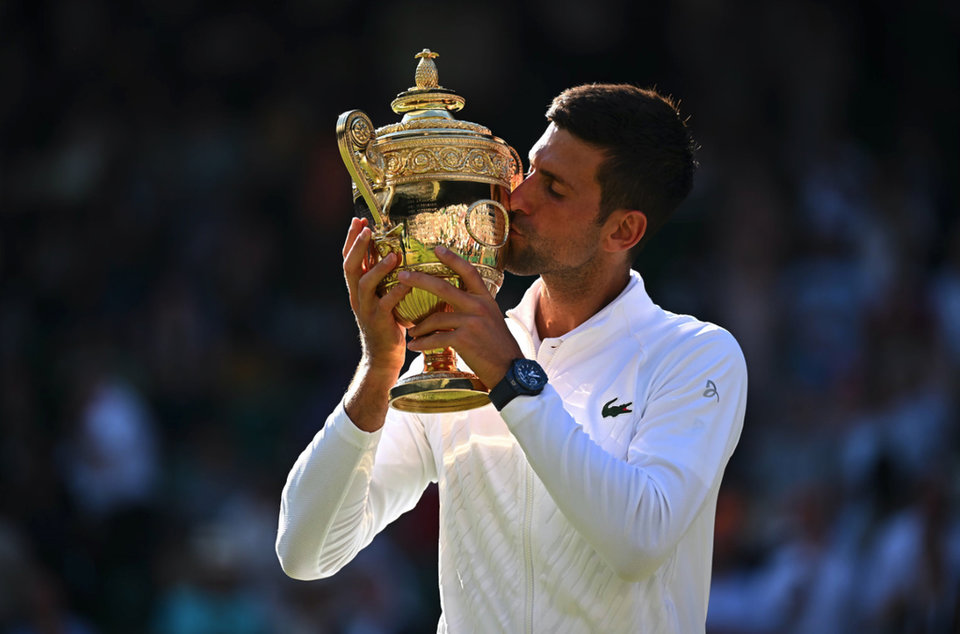Recession proof endorsement
Inflation is real, prices are rising and almost everyone is feeling the pinch. Almost everyone … There is one segment of the market unaffected by the vagaries of fashion and finance and that’s the luxury sector.


“It’s been estimated that the global luxury goods market is set to reach $300 billion by 2026.” That was the confident prediction of Diamond Hill investment strategists, an investment and asset management firm which has around $25 billion in its portfolio. It’s important that a firm such as theirs know which companies to invest in to ensure their clients receive investment returns.
So the smart money is going into companies like LVMH (Louis Vuitton Moët Hennessy), Richemont and Diageo. Furthermore, that bold statement was made at the height of the Covid-19 pandemic, when economic sentiment was negative and before the Russia/Ukraine war began.
“LVMH is the world's largest luxury conglomerate with more than 70 brands across its portfolio— the most renowned ones being Louis Vuitton, Christian Dior, Hennessy (the Cognac brand) and Sephora (the makeup cosmetics retailer). LVMH also recently completed its acquisition of high-end jeweller Tiffany’s. “Our long-term investment thesis is based on the supremacy and sustainability of these brands, but also on the diversification of the brands across product categories. These brands are well diversified with products ranging from fashion to leather goods to jewellery and watches to perfume and cosmetics to liquor and wine,” the report stated.
It noted that LVMH increased prices 5% across the board in 2020, despite the doom and gloom that prevailed with nationwide lockdowns and tanking economic activity. “These price hikes did not negatively impact sales volume, again owing to the company’s pricing power as consumers’ affinity for luxury products endured.” The report also cited the example of Rolex which has increased prices between 5% and 6% every year, over the past 60 years. “It’s clear in the luxury goods market that the value a consumer gets out of owning a premium item is more important than price.”
“It’s clear in the luxury goods market that the value a consumer gets out of owning a premium item is more important than price.”
There was a fascinating article written in GQ magazine analysing a single photograph taken during the centenary celebrations at Wimbledon in July. Lined up next to each other were the three most recent men’s winners, Rafael Nadal, Novak Djokovic and Roger Federer. The first two were in tennis kit while Federer stepped out in a suit, still recovering from a knee operation. He received the loudest applause from the Centre Court crowd. But what intrigued the style mavens at GQ was what each of the men had on their wrists: very special – expensive – watches.
Wearing watches never used to be a thing for tennis players. Or Formula One racing drivers either, for that matter. But nowadays, the top three drivers remove their helmets, wipe the sweat from their brows and then strap expensive timepieces on their wrists because they know they’re about to get quality time in front of the world’s cameras during both the presentation ceremony as well as the interviews which follow. As the GQ article stated: “It’s all part of the show business of tennis,” – or racing.


Rafael Nadal famously never used to wear a watch until his friendship with Richard Mille began (Images: www.insider.com; www.thejewelleryeditor.com)
The watch brand Nadal favours – Richard Mille – is also popular among the fast car driving fraternity. The RM 27-04 which Nadal regularly wears while slamming down aces or topspin volleys, is worth a cool $1 million (R17 million). “The watch, which was specially made for Nadal after striking up a friendship with Mille, weighs just 30 grams and is the lightest tourbillon in the world. Its baseplate and ridges are made out of Grade 5 titanium, a substance more commonly used in aeronautics.”
Djokovic is a latecomer to the watch game, only inking his deal with Hublot in late 2021. Pictures of the seven-time Wimbledon winner kissing the men’s trophy went around the world – and on his wrist was a custom blue Big Bang MECA-10 with its “signature mix of micro blasted titanium case and rubber strap”. It retails for around $25 000 (R425 000).

Companies would have to pay millions for the kind of coverage Hublot got after Novak Djokovic won Wimbledon this year (Image: www.rolandgarros.com)
“But who won the grand slam of the wrist candy during this year’s (Wimbledon) tournament?” GQ asked. “The most spectacular centre court flex at Wimbledon this year goes to Roger Federer and his Rolex Cosmograph Daytona bedazzled with orange sapphires.”

The most exclusive of them all – Roger Federer's Rolex with its bezel of baguette cut diamonds which is not commercially available (Image: www.gq.com)
What made it special is that it’s a limited edition reboot of a famous watch that was silently released – meaning it’s not available to just anyone … It’s “discreetly offered to legends only, like Federer”. While it might sound flashy, it isn’t. The orange sapphires are baguette cut and form the bezel, and beautifully offset the black face. So not being available off a website or over the counter ratchets its desirability and unobtainability up – and that’s why people for whom money is no object covet such items. Cost is rumoured to be around $87 000 (R1,5 million) but there is no official price tag so who knows?
And it’s why the future looks so rosy for the luxury goods market.